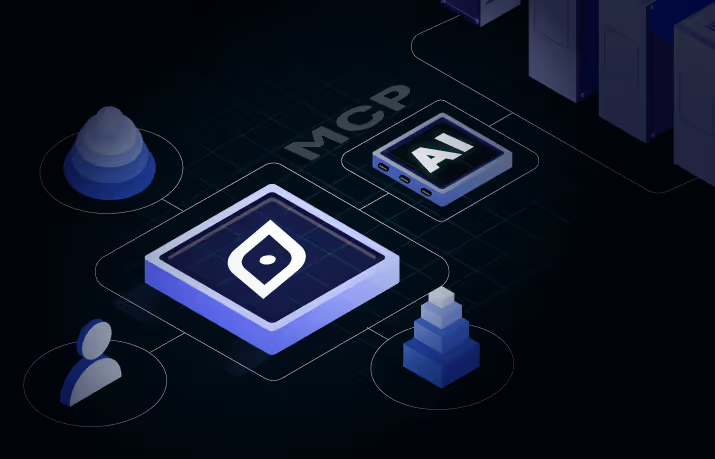AI-Powered Compensation Analysis: 5-Step Guide for Chief People Officers
The rise of automation and the constant need for reskilling necessitate a data-driven approach to talent management. Artificial intelligence (AI) presents a powerful tool for HR teams seeking to optimize compensation analysis.
With 50% of all workers expected to require reskilling or upskilling by 2025, traditional approaches that rely only on human intuition and static data sets are no longer sufficient.
AI offers a dynamic solution, empowering CPOs to attract and retain top talent. With in-demand skill sets, they can ensure competitive compensation through accurate compensation analysis. This also enables a fair and inclusive work environment.
This article outlines a 5-step guide for CPOs to leverage AI for talent compensation analysis, highlighting the benefits of this powerful technology.
AI-Powered Compensation Analysis
Step 1: Accurate Salary Benchmarking
Traditionally, compensation analysis relied on time-consuming surveys, job board aggregations, and competitor benchmarks—all prone to human error and incomplete data sets.
AI can revolutionize this process by analyzing vast amounts of market data from diverse sources. This includes, historical compensation trends, job board postings with detailed skill requirements, and competitor talent compensation analysis information. And with this comprehensive data pool, AI algorithms can establish highly accurate salary benchmarks and talent base pay for various roles, locations, and skill sets.
With a data-driven understanding of market rates for specific skills, CPOs can
- Design targeted compensation packages that attract and retain talent. This is crucial, especially considering the ever-evolving skill requirements within industries.
- Uncover hidden talent compensation analysis trends, allowing organizations to proactively adjust their compensation strategies to remain attractive to potential hires with in-demand skills.
Step 2: Unmasking Talent Compensation Analysis Disparities
Fostering a fair and inclusive work environment is no longer just a moral imperative, it’s a business necessity. With the growing focus on diversity and inclusion (D&I) initiatives, HRs must ensure talent compensation analysis practices are fair while hiring from a diverse talent pool.
Traditional methods of identifying and addressing pay inequities are often cumbersome and lack the necessary granularity. AI can play a crucial role in compensation analysis, identifying potential pay gaps based on gender, race, ethnicity, or other factors by analyzing base pay data alongside employee demographics.
Hence, allowing for targeted interventions to address any existing inequities and prevent them from arising in the future. Also, companies that address talent compensation analysis disparities through AI achieve a 15% higher employee retention rate.
Step 3: Building Performance-Linked Compensation
Linking employee performance data with compensation data through AI-driven compensation analysis can help design fair and motivating compensation analysis structures. This involves analyzing metrics such as sales targets achieved, project completion rates, or client satisfaction ratings.
Aligning rewards with individual contributions fosters a performance-driven culture, boosting engagement and productivity.
Today, attracting and retaining top talent often hinges on offering compensation packages that not only reflect market rates but also incentivize high performance. Here, AI offers valuable talent base pay and compensation insights.
Additionally, this data-driven approach ensures that rewards are not only fair but also strategically designed to drive business objectives through effective compensation analysis. Furthermore, implementing AI-driven performance-linked compensation models can lead to a 20% increase in employee productivity by better aligning rewards with individual contributions.
Step 4: Predicting Future Skill Needs and Compensation Trends
The talent landscape is not static. New technologies and evolving business needs continuously reshape the in-demand skillsets. Traditional methods of forecasting future skill needs are often reactive, leaving organizations scrambling to adapt.
AI offers a powerful tool for proactive talent management. It can predict future skill needs with greater accuracy by analyzing job postings, industry trends, emerging technologies, and even compensation analysis. This allows CPOs to:
- Develop targeted upskilling and reskilling programs: With a clear understanding of future skills, organizations can proactively invest in employee development initiatives that keep their workforce future-proof.
- Design forward-looking compensation strategies: AI can anticipate future market trends for specific skill sets helping CPOs design compensation packages that remain attractive to talent with the skills needed for future success.
This proactive approach allows organizations to stay ahead of the curve, attracting and retaining top talent in a dynamic job market.
Step 5: Fostering Transparency and Building Trust
While AI offers significant advantages, successful implementation hinges on robust data governance, transparency, and a human-in-the-loop approach. CPOs must ensure the quality and fairness of the data used by AI algorithms, especially in compensation analysis.
Furthermore, clear communication about AI-driven compensation models is crucial to maintaining employee trust. Organizations should proactively address any concerns about AI bias and emphasize the commitment to a fair and objective approach.
But the human element remains irreplaceable. CPOs should adopt a human-in-the-loop approach, where AI provides insights and recommendations, but final decisions regarding compensation are made in conjunction with human judgment and experience.
Draup’s talent intelligence empowers CPOs to leverage the 5-step guide outlined above. With Draup, CPOs can build a future-ready workforce, optimize compensation strategies, and make data-driven decisions for a competitive advantage in the talent market.










.svg)
















.svg)





.svg)





.svg)
